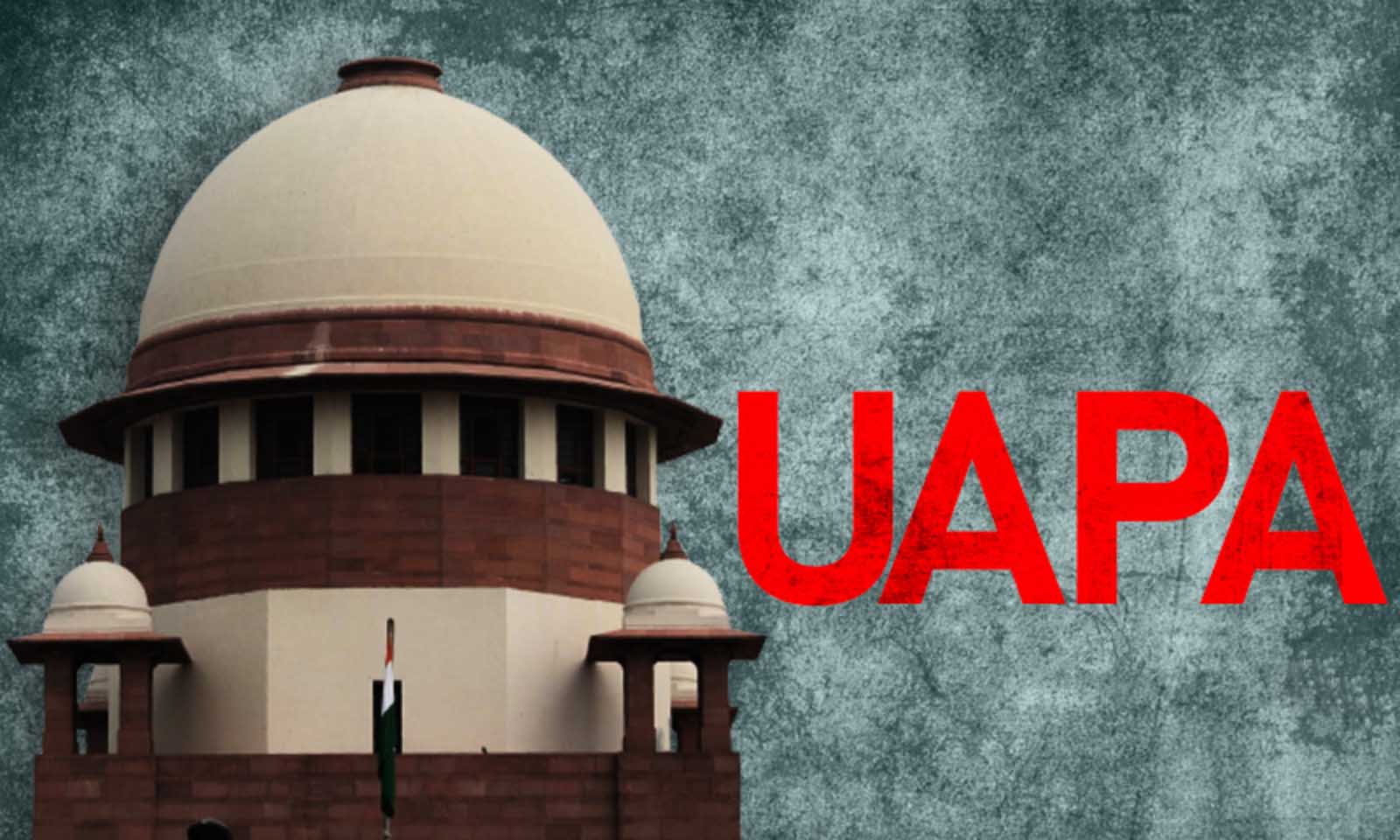
In a significant verdict that overturns several previous precedents, the Supreme Court on Friday, March 24, overruled its 2011 judgments in Arup Bhuyan vs State of Assam, Indra Das vs State of Assam and State of Kerala vs Raneef which held that mere membership of a banned association is not sufficient to constitute an offence under the Unlawful Activities (Prevention) Act 1967 or the Terrorism and Disruptive Activities (Prevention) Act, unless it is accompanied with some overt violent. Significantly, the three member bench that delivered this verdict that will substantially alter jurisprudence on the issue consisted of Justices MR Shah, CT Ravikumar and Sanjay Karol also upheld Section 10(a)(i) of the UAPA which makes membership of an association, which has been declared to be unlawful, to be an offence.
Earlier, two benches of the Supreme Court held sharply contradictory views. In 2011, a judgment delivered by a two-judgement bench in Arup Bhuyan while deciding a bail application under TADA filed by a person accused of being a member of ULFA. “Mere membership of a banned organisation will not make a person a criminal unless he resorts to violence or incites people to violence or creates public disorder by violence or incitement to violence”, the bench had held. Earlier, in State of Kerala vs Raneef (2011), while deciding a bail application under the UAPA, the same bench had taken the same view. This bench comprised of Justices Markandeya Katju and Gyan Sudha Mishra. Later, the same view was taken in Indra Das too by the same bench.
Thereafter, in 2014, three years later, a two-judge bench comprising Justices Dipak Misra and AM Sapre referred the matter to a a larger bench, after the Union Government (under Narendra Modi) filed an application seeking reference on the ground that the interpretation was given to the central legislations without hearing the Union.
As a result, the 3-judge bench commenced hearing the reference on February 8 and reserved the judgment on next day, after hearing Solicitor General of India Tushar Mehta, Senior Advocate Sanjay Parikh (for an intervenor NGO).
Impact of the findings in the reference
On Friday, March 24, while delivering the judgment, the bench held that the 2011 judgements were passed in bail applications, where the constitutionality of the provisions were not called in question. Also, the constitutional validity of the UAPA and TADA had been upheld in earlier judgments.
The bench also found fault the 2011 judgments for reading down the provisions without hearing the Union of India. “When a Parliamentary legislation is read down in the absence of the Union, enormous harm would be caused to State if they are not heard”, the bench observed. The bench also observed that the reading down of a provision is not permissible when the language of a section is plain and clear. “In view of the above section 10(a)(i) should not have read down by this court especially when the constitutional validity of the section was not in question”, Justice Shah read out from the judgment.
Decisions of US courts could not have been relied upon
The bench also held that the 2-judge bench made a mistake by relying on US Supreme Court judgments, as the right to freedom of speech and association as per the Indian Constitution is subject to reasonable restrictions.
“We do not say for a moment that US Supreme Court decisions may not guide us. But Indian courts are required to consider the difference in nature of laws between two countries”, the bench observed.
Section 10(a)(i) is constitutional
“Section 10(a)(i) is absolutely in consonance with 19(1)(a) and 19(2) of the constitution and thus in consonance with the objectives of the UAPA”, Justice Shah read out the operative portion of the judgment.
The bench observed that the provision has been enacted in furtherance of the interests of sovereignty and integrity of the nation, which are grounds of reasonable restrictions under Article 19. As a result, the 3-judge bench has declared the judgments in Arup Bhuyan, Indra Das and Raneef to be bad in law. Also, the High Courts which followed these precedents were overruled as bad in law.
Predictably, the solicitor general for the union of India, Tushar Mehta expressed his “gratitude.”
“Really grateful, this will be a historic judgment to protect the sovereignty of the country”, Solicitor General Tushar Mehta said after the pronouncement.
Challenges to Constitutional Validity of UAPA pending before SC, HC
It is important to note that, while this particular judgements upholds the validity of Section 10(i)(a) of the controversial UAPA, the Unlawful Activities (Prevention) Act, 1967, is currently under challenge in the same court as having “manifestly arbitrary” provisions and a very broad definition of “unlawful activity” that has a stifling impact on free expression. The Supreme Court that first took up the matter September 26, 2022 will hear the matter on October 18.
In October 2022 (last hearing before the Supreme Court), senior counsel Arvind Datar, representing the petitioner Foundation of Media Professionals, cited the Act’s arbitrary provisions before a three-judge bench comprised of Chief Justice of India UU Lalit, Justices Ravindra Bhat, and J.B. Pardiwala. The Bench requested notification be conveyed to the counsels appearing in other related cases. “List these matters on October 18, 2022. The counsel appearing in the connected matters sent intimation accordingly,” the bench had then stated in the order. Interestingly that was also a three judge bench that heard the matter. The matter appears to have gone into cold storage since.
This petition also argues that the UAPA’s provisions are “arbitrary and perverse, since they represent a condemnation of all democratic expression,” and that governments are abusing them “to target any and all kinds of dissent.”
The petition was filed through attorney Rahul Bhatia. A year before, on November 11, 2021, an appellate court panel led by the former Chief Justice N.V. Ramana had sent notices to the governments of Tripura and the Centre on a request for an immediate hearing of two UAPA-challenging petitions made by lawyer Prashant Bhushan. Since then, no hearings have taken place while the mis-use of the law continues, most rampantly probably in Jammu and Kashmir.
In both these petitions, it was claimed that the anti-terror statute had been abused to persecute lawyers and journalists for their social media posts about the communal unrest in Tripura in October 2021.
Besides, the petition by the Foundation of Media Professionals argues that because the UAPA offers the State “excessive and overwhelming powers… to act against groups and persons” who criticise “the governing party or majoritarian attitudes,” it “is a flagrant attack” on the fundamental rights to equality, freedom of speech, and life and liberty. The arbitrariness also stems from the statutory structuring of the law, the petition states, because the authority that determines whether or not an organisation is a terrorist also administers the sentence, takes into account an appeal, or selects the appellate panel, “the entire structure” of the statute “is dictatorial.”
“The definition of ‘unlawful activity’ includes ‘disaffection against India’ which does not have a defined meaning under the Act and can be used to target anyone against whom the government harbours a grudge to someone who may have a contrary point of view. It is submitted that ‘unlawful activity’ as a category exists only for the state to quell opposition, and in that sense is arbitrary and undemocratic,” the petitioner submitted through the petition.
The Foundation of Media Professionals has urged the top court to declare the UAPA unconstitutional on the grounds that it was manifestly arbitrary and violated Articles 14, 19, and 21 of the Constitution, which guarantee the rights to equality, freedom of speech, and life and liberty. The petitioner foundation also claimed that the UAPA was a severe violation of the liberties guaranteed by these articles insofar as it gave the state sweeping authority to take action against groups and individuals who opposed the ruling party or the majority.
In the petition, it was also submitted that, “The scheme of the Act is a gross assault on the freedoms protected under Articles 14, 19, and 21 of the Constitution, insofar as it grants excessive and overwhelming powers to the State to act against associations and individuals who express criticism against the ruling party or the majoritarian sentiment
It is a matter of judicial confusion that while such an overarching and comprehensive challenge to the statute is pending before the Supreme Court, the same forum decides a matter, albeit on one section of the law in question.
Related:
Ready reckoner to the Unlawful Activities (Prevention) Act, 1967
Petitions challenging stringent provisions of UAPA to be heard by the SC

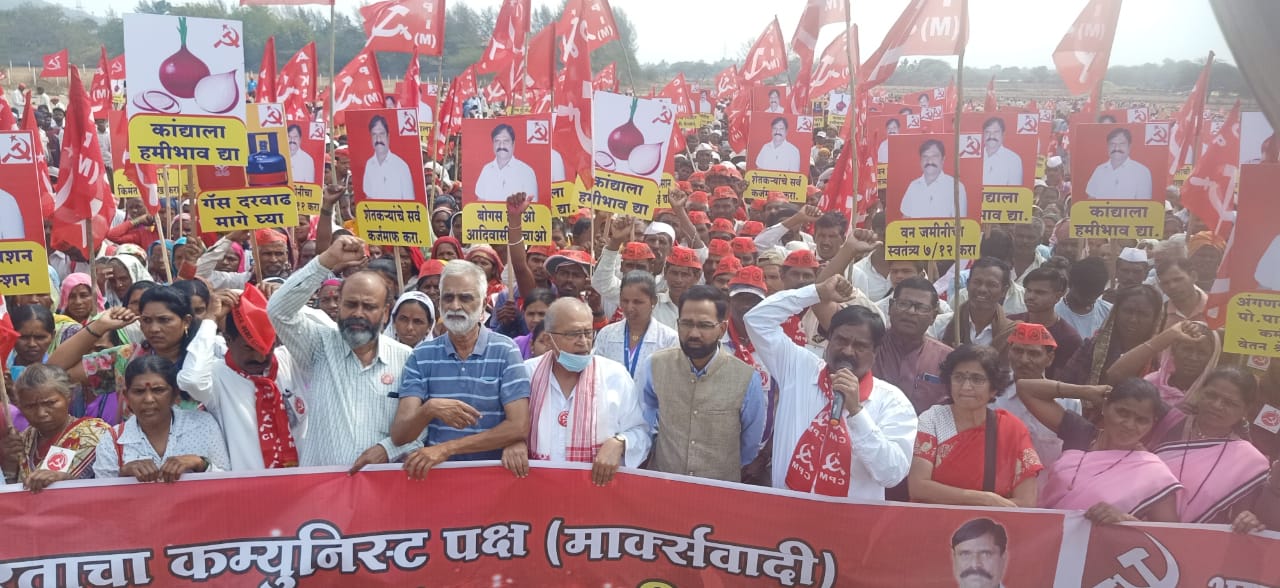
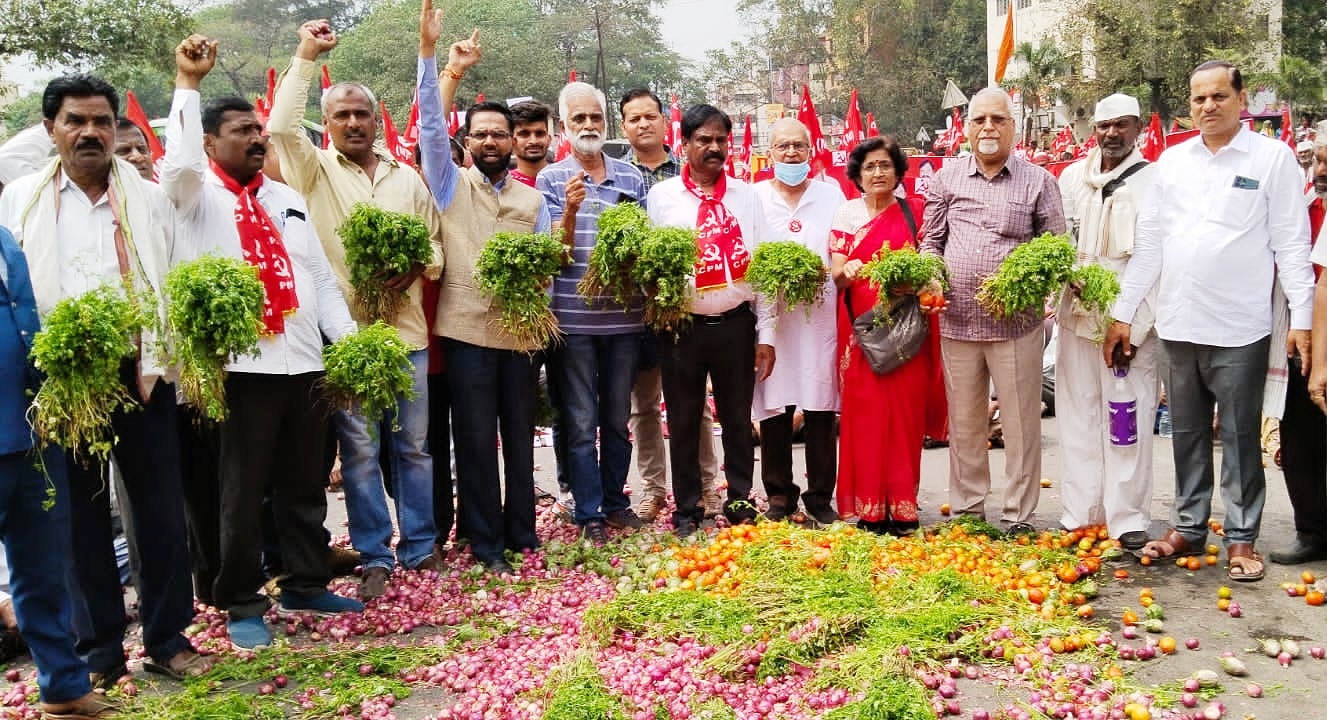
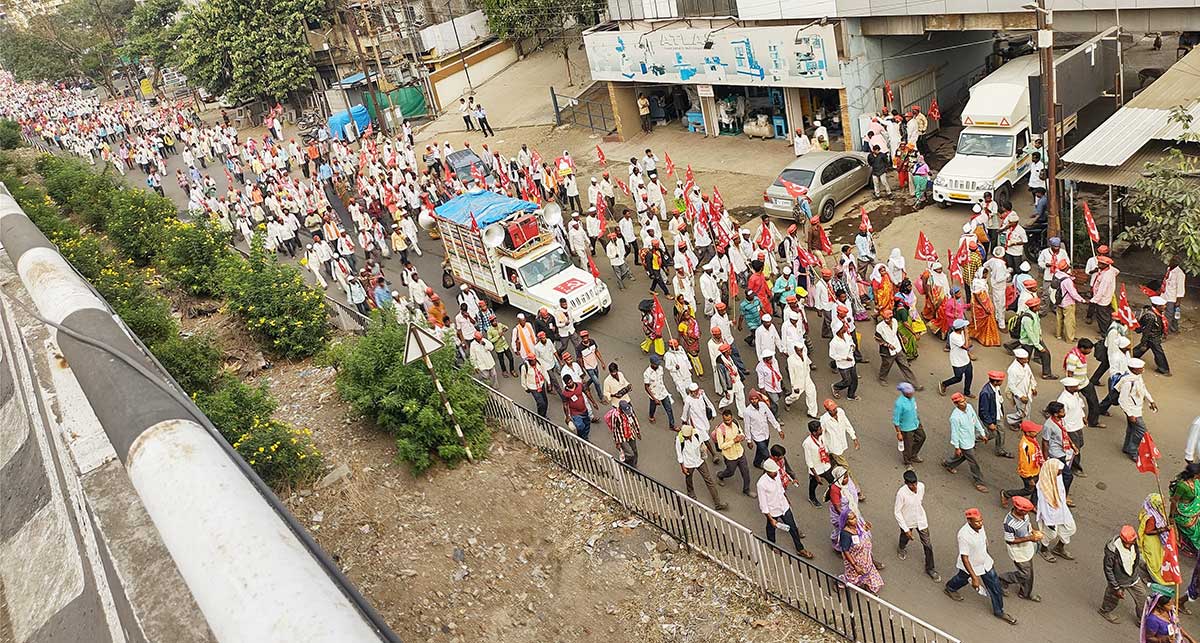
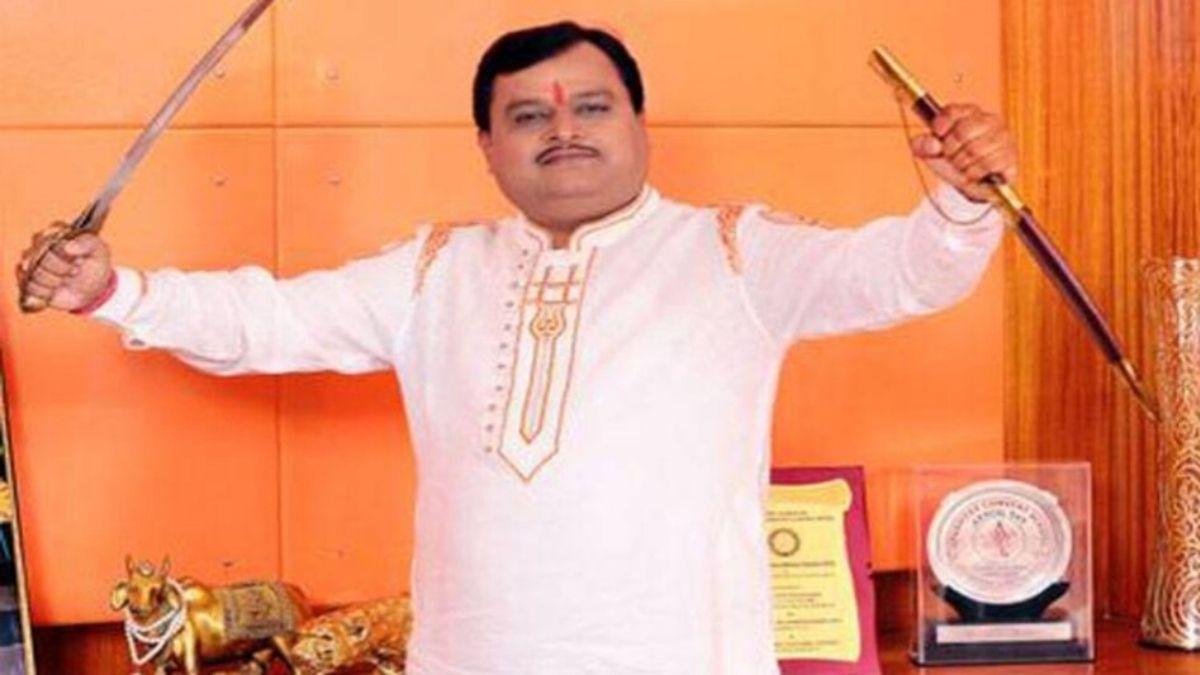

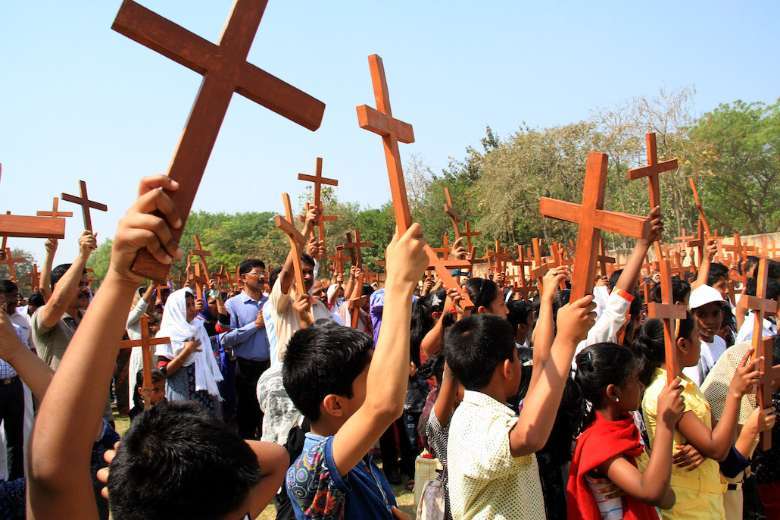
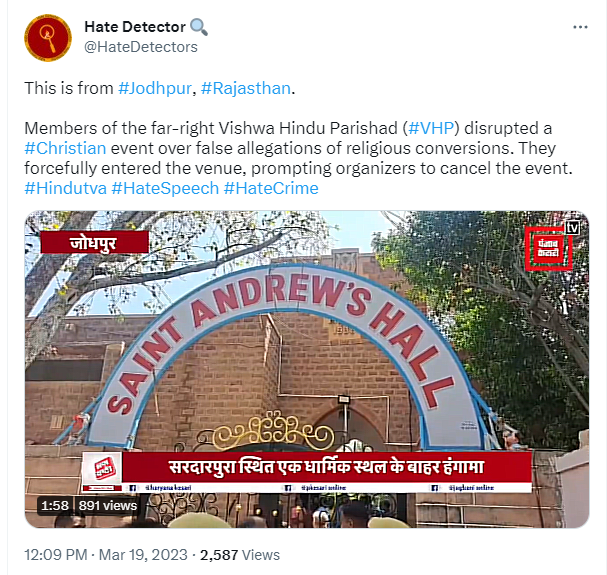
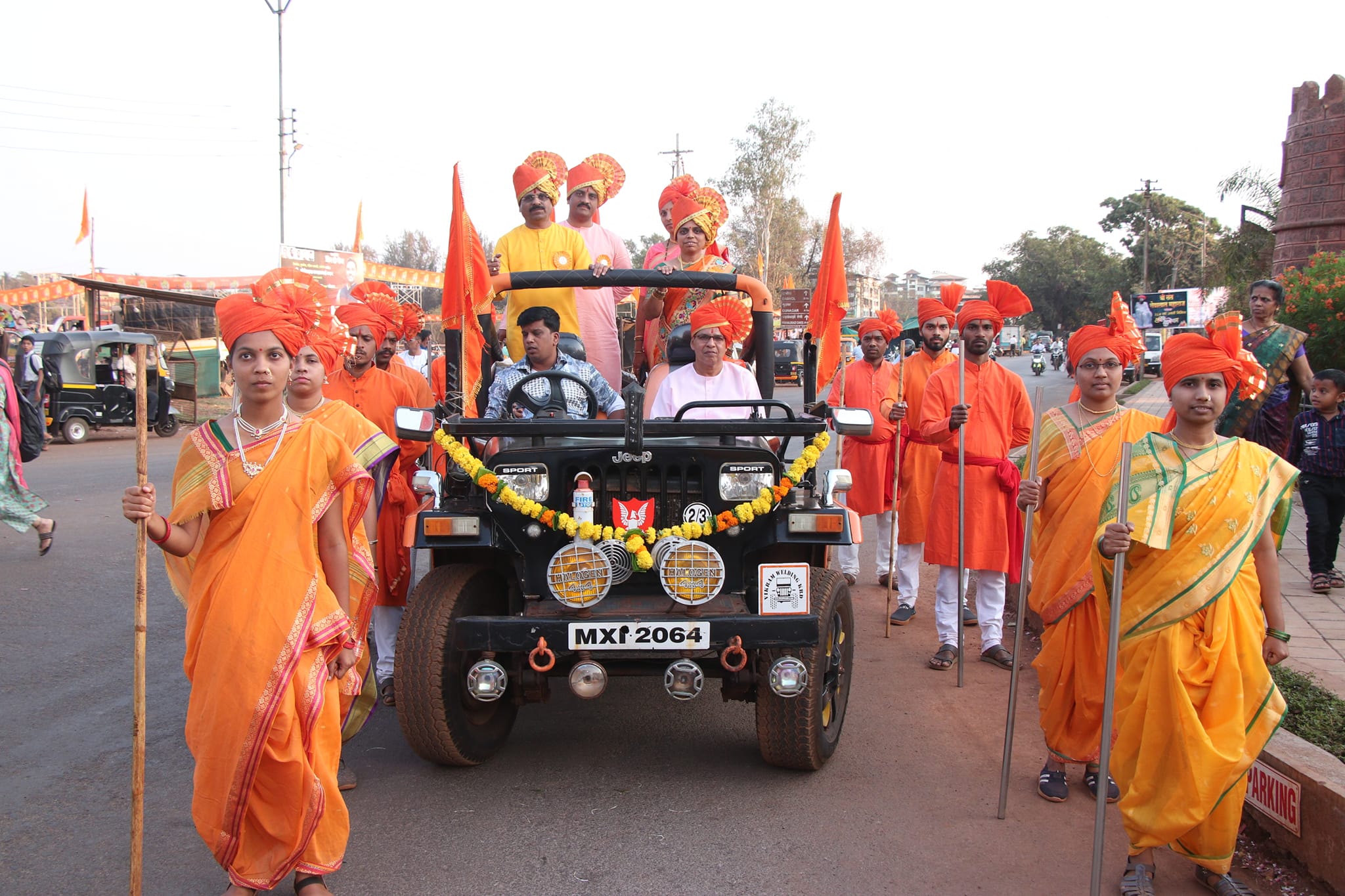 Representation Image
Representation Image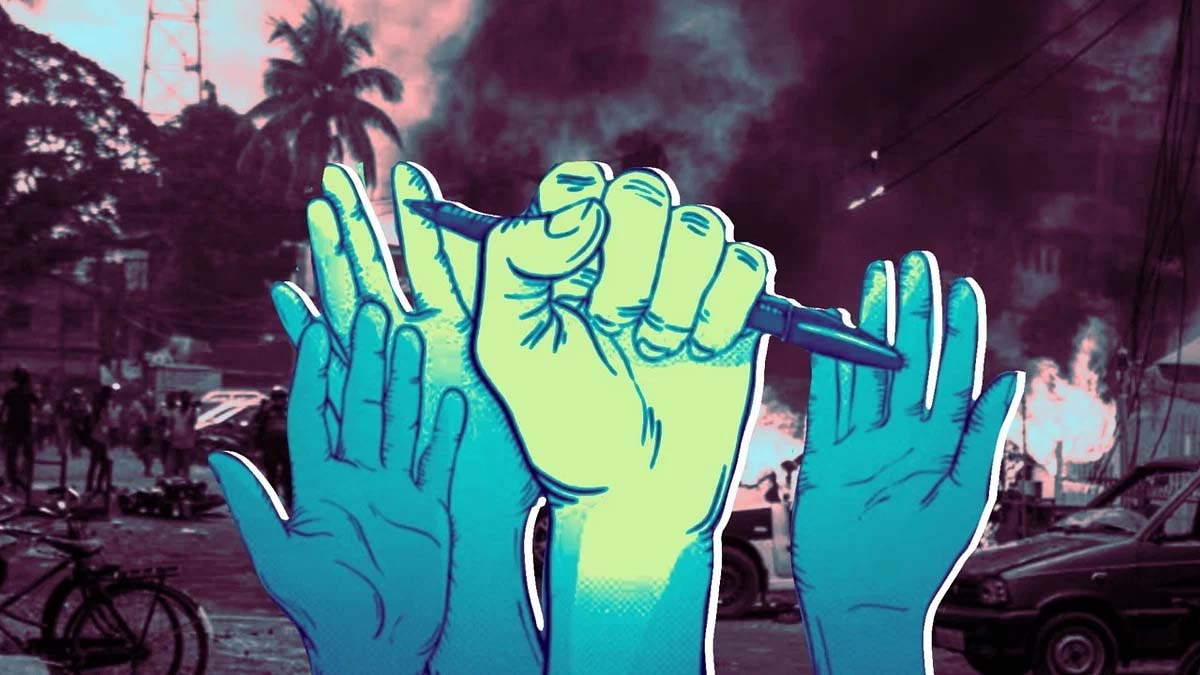 Image courtesy: The Quint/Erum Gour
Image courtesy: The Quint/Erum Gour